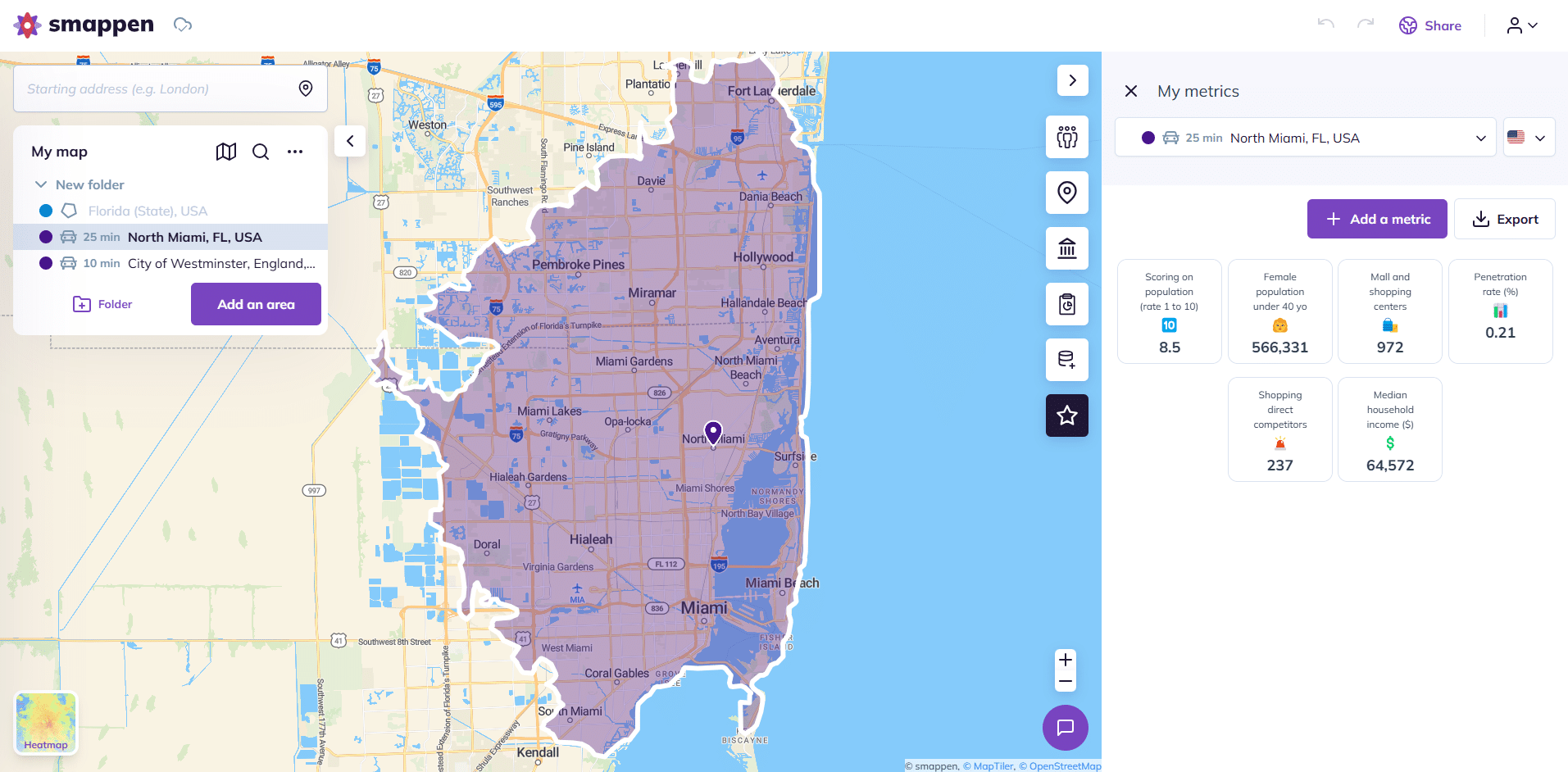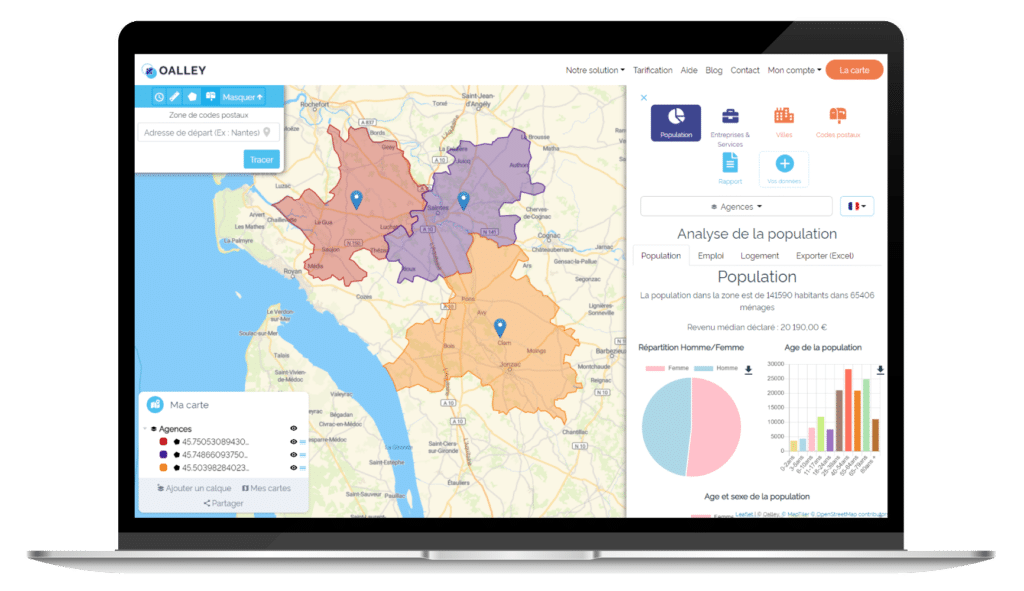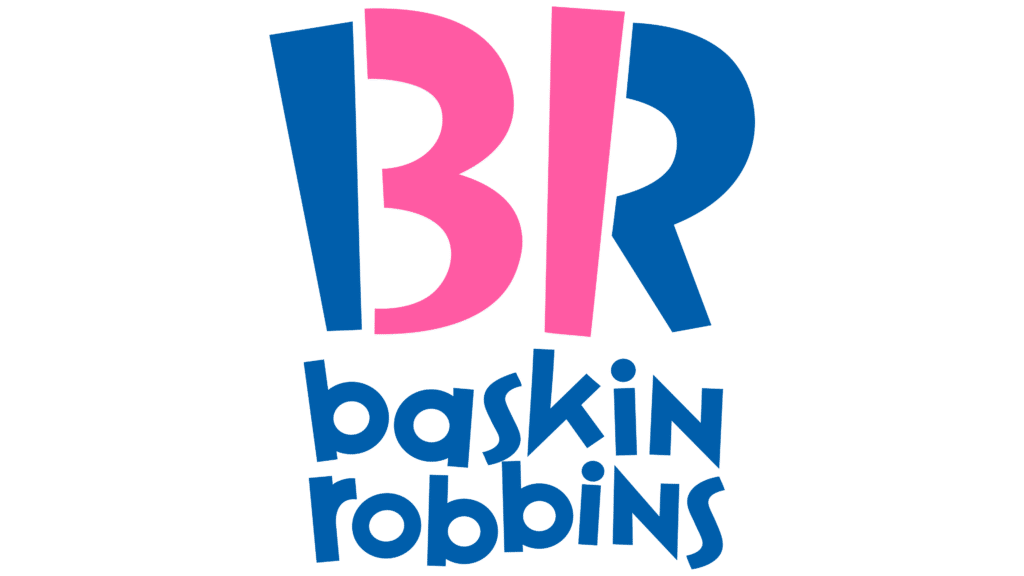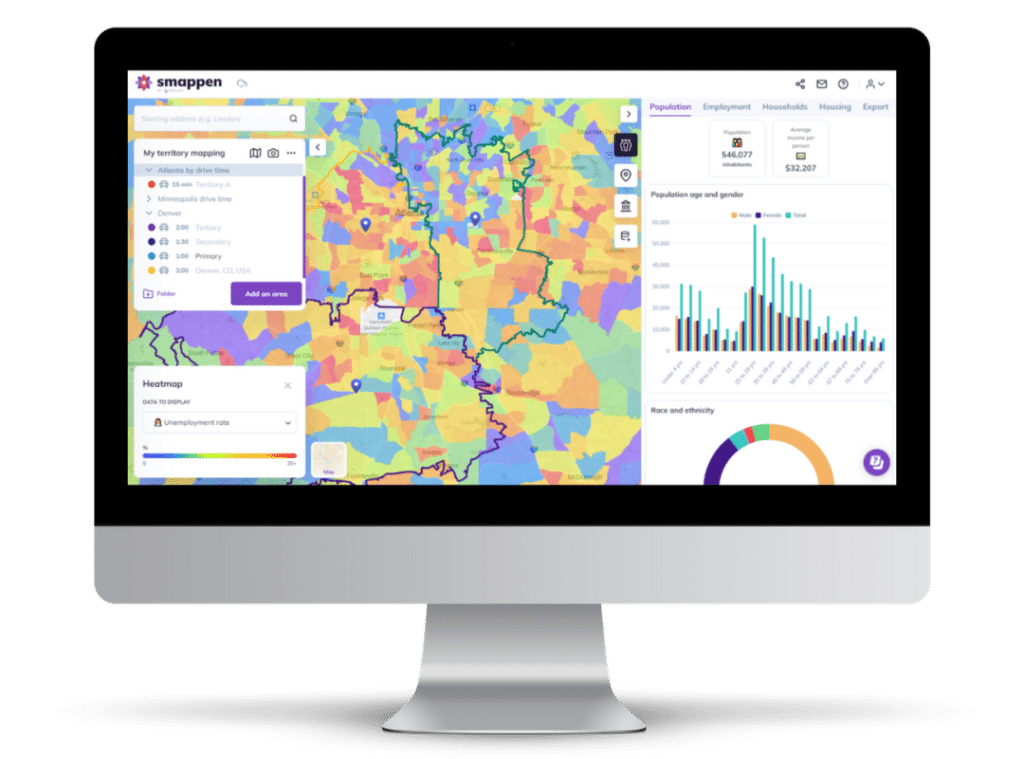Location intelligence: a complete guide for your business
Understanding the power of location data and leveraging it effectively can give your organization a competitive edge. From optimizing operations and improving customer experiences to identifying new opportunities and mitigating risks, location intelligence offers endless possibilities. In this comprehensive guide, we will delve into the fundamentals of location intelligence, explore its various applications, highlight best practices, and provide practical tips for integrating it into your business strategies.

Why Location Intelligence Matters
Ever wondered why some businesses thrive in one area but struggle in another? It’s not luck—it’s location intelligence at work.
Think of it like having a business GPS that guides decisions using data-driven geographic insights. Whether you’re opening a store, expanding a franchise, or targeting customers more effectively, LI helps you make the right move.
In this guide, we’ll break down what location intelligence is, how it works, and why it’s essential for your business. Plus, we’ll introduce you to Smappen, our easy-to-use tool that brings location intelligence to your fingertips.
What Is Location Intelligence?
The Power of Data and Maps
At its core, location intelligence (LI) is the practice of analyzing and visualizing geographic data to uncover trends, patterns, and opportunities. Businesses use it to:
✅ Find the best locations for stores, offices, or service areas.
✅ Understand customer behavior based on their location.
✅ Optimize marketing campaigns with hyper-local targeting.
By combining maps, demographic data, and business analytics, companies can make smarter, more strategic decisions.
How It Works – The 3 Key Components
Geospatial Data – Includes maps, GPS data, and customer locations.
Demographic & Market Data – Analyzes income levels, population density, and consumer preferences.
Business Analytics – Uses AI and data visualization to identify patterns.
Together, these elements turn raw location data into actionable insights for business growth.
Why Your Business Needs Location Intelligence
Smarter Site Selection
Ever opened a new store or office, only to realize it’s in the wrong location? LI helps businesses avoid costly mistakes by analyzing foot traffic, competition, and demand before making a decision.
Choosing the right location for your business is one of the most critical decisions you’ll make. Get it wrong, and you risk low foot traffic, poor sales, and high operational costs. Get it right, and you’ll enjoy steady customer flow, high visibility, and strong revenue growth.
Location intelligence takes the guesswork out of site selection by providing data-driven insights to help businesses find the best possible location.
📍 Impact on Revenue – A prime location means higher sales potential and better brand visibility.
📍 Customer Accessibility – If customers can’t easily reach you, they won’t come. Simple as that.
📍 Operational Costs – The wrong location can mean high rent, expensive logistics, and poor ROI.
📍 Competitive Advantage – Being in the right spot helps you stand out and capture market share.
Better Customer Targeting
Location intelligence helps businesses understand where their customers are and how to reach them. By mapping out customer data, businesses can:
🔹 Identify high-potential areas for sales.
🔹 Optimize local marketing campaigns for better engagement.
🔹 Personalize offers based on regional trends.
Competitive Advantage
Want to stay ahead of the competition? Location intelligence helps businesses analyze competitor locations, customer distribution, and market gaps to find hidden opportunities.
Top Use Cases of Location Intelligence
Key Factors to Consider When Choosing a Location
Using location intelligence, businesses can analyze multiple factors before making a final decision. Here are the top criteria:
1. Foot Traffic & Customer Density
🔹 How many people pass by your location daily?
🔹 Is there enough customer demand in the area?
🔹 Are your target customers frequenting this location?
💡 Example: A coffee shop should be placed in a high-traffic area like a business district, near universities, or close to public transport hubs to attract daily commuters.
2. Competitor Analysis
🔹 Are there too many competitors in the area?
🔹 Is the market saturated or underserved?
🔹 Can you position yourself strategically near competitors to capture market share?
💡 Example: A fast-food chain might want to avoid opening near multiple burger joints but could thrive next to complementary businesses like movie theaters or shopping centers.
3. Demographics & Target Audience
🔹 Do people in the area match your ideal customer profile?
🔹 What’s the age group, income level, and lifestyle of nearby residents?
🔹 Is the area growing or declining in population?
💡 Example: A luxury clothing store should be in a high-income neighborhood where people are willing to spend on premium brands.
4. Accessibility & Parking
🔹 Is there enough parking space for customers?
🔹 Is the area easily reachable by car, public transport, or walking?
🔹 Are there roadblocks or construction projects that might affect business?
💡 Example: A family-friendly restaurant needs ample parking, while a downtown café benefits from high foot traffic and subway access.
5. Cost & Real Estate Factors
🔹 What’s the rent or property price compared to expected revenue?
🔹 Are there hidden costs like maintenance, taxes, or local business fees?
🔹 Is the location sustainable long-term, or will you need to move soon?
💡 Example: A startup with a tight budget might start in a lower-rent area with plans to expand once revenue grows.
6. Economic & Market Trends
🔹 Is the area experiencing economic growth or decline?
🔹 Are new businesses opening, or are many closing down?
🔹 Are there city plans (like infrastructure projects) that might impact business?
💡 Example: A tech company might choose an emerging “innovation district” rather than an area with declining business activity.
How Smappen Helps with Site Selection
Traditional site selection relies on gut feeling and guesswork—but with Smappen, businesses can make data-driven decisions in minutes.
Step 1: Define Your Catchment Area
Smappen allows you to draw and analyze catchment areas—the geographic zones from which your business will attract customers.
Step 2: Analyze Demographics & Traffic
Use Smappen’s demographic insights to check if an area has the right population density, income levels, and customer profile.
Step 3: Assess Competitor Presence
Smappen lets you map competitor locations so you can see if a market is overcrowded or has room for new businesses.
Step 4: Evaluate Accessibility & Transport Options
Visualize public transport routes, parking availability, and draw drive-time zones to ensure easy customer access.
Step 5: Compare Multiple Locations
Easily compare different locations side by side to find the best balance of each of your success criteria and metrics.

Real Estate & Urban Planning
Real estate developers and city planners use location intelligence to identify the best areas for new projects, predict property value trends, and optimize urban development.
Example: A real estate firm can analyze neighborhood demographics before investing in a new housing development.
Logistics & Supply Chain Optimization
For delivery services, location intelligence helps streamline supply chains, reduce delivery times, and optimize warehouse locations.
Example: An e-commerce company can use LI to map out optimal delivery routes and minimize shipping costs.
Healthcare & Emergency Services
Hospitals and emergency services rely on LI to determine ambulance routes, place healthcare facilities in high-need areas, and predict service demand.
Example: A hospital can use location intelligence to find underserved communities and open a new clinic.
The Best Location Intelligence Tools for Businesses
Smappen – The User-Friendly Location Intelligence Tool
If you’re looking for a powerful yet easy-to-use location intelligence tool, Smappen is a great choice.
Why?
✅ Interactive maps to analyze catchment areas.
✅ Demographic insights for data-driven decision-making.
✅ Business-friendly features for site selection, expansion, and logistics.
Unlike complex GIS (Geographic Information System) tools, Smappen is intuitive, no tech expertise required!
Other Popular Location Intelligence Tools
Aside from Smappen, here are some other well-known location intelligence tools:
- Google Maps API – Provides basic geospatial data and mapping solutions.
- Esri ArcGIS – A more advanced (but complex) GIS platform.
- Carto – Specializes in geospatial analytics and mapping.
- Targomo – Focuses on accessibility and mobility analytics.
Each tool has its strengths, but for businesses looking for a simple and effective solution, Smappen stands out.
How to Implement Location Intelligence in Your Business
Define Your Goals
Ask yourself:
🔹 Are you looking for the best store location?
🔹 Do you need to understand customer distribution?
🔹 Are you optimizing marketing campaigns?
Collect & Analyze Data
Use tools like Smappen to gather demographic, geographic, and business data.
Visualize Insights
Turn raw data into interactive maps to spot trends and opportunities.
Make Data-Driven Decisions
Use insights to choose locations, target customers, and optimize logistics.
Continuously Improve
Location intelligence is not a one-time task—keep analyzing and adapting based on new data.
Conclusion: Future-Proof Your Business with Location Intelligence
If your business isn’t leveraging location intelligence, you’re missing out on valuable insights. From site selection to customer targeting and market expansion, LI helps businesses make smarter, data-driven decisions.
Ready to get started? Try Smappen—a simple yet powerful tool that makes location intelligence accessible to businesses of all sizes.
FAQs
Every business but franchise, retail, real estate, logistics, healthcare, and urban planning benefit the most from location intelligence.
GIS (Geographic Information Systems) is more technical and requires expertise, while LI is business-friendly and focuses on actionable insights.
Absolutely! Tools like Smappen make LI easy and affordable for small businesses.
Common sources include GPS data, census data, customer analytics, and market research reports.
Yes, as long as businesses use public data sources and comply with data privacy laws (like GDPR and CCPA).
Read our best articles on Location Intelligence

Location Intelligence Demystified: Mastering the Basics for Business Success!
Our blog post decodes the location intelligence basics, from finding your ideal spot to outshining competitors.
How To Find the Perfect Location for Your Business
Uncover the ideal catchment area, where your appeal is strongest and your customers are abundant.
Expansion and scalability: How does Baby Otter assess its franchise territories’ potential with Smappen?
Baby Otter Swim School Traveling swim instruction and swim lesson
How To Build Your Ideal Customer Profile With Location Intelligence
Discover the secrets to crafting a stellar Ideal Customer Profile (ICP), and unveil the synergy between ICP and location intelligence.
How to easily spot your competitors – Smappen Mapping Tool
Uncover your rivals’ moves and gain essential insights effortlessly with Smappen Mapping Software!
The 8 best location intelligence tools
What are the go-to Location Intelligence tools to unlock your business and how to choose the right one for you?
Simple, Robust Software that Works Every Time: Why 1 Tom Plumber Uses Smappen
Explore how 1 Tom Plumber uses Smappen for mapping franchise territories & keeping track of all the locations
Try smappen, the best location-intelligence platform
Find the best location for your business, conduct local market research, launch OOH (out-of-home) campaigns, and more.







